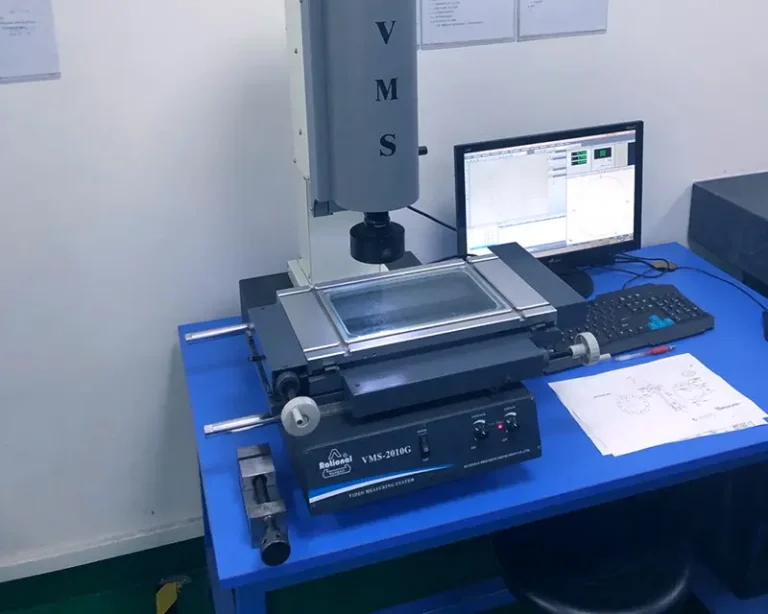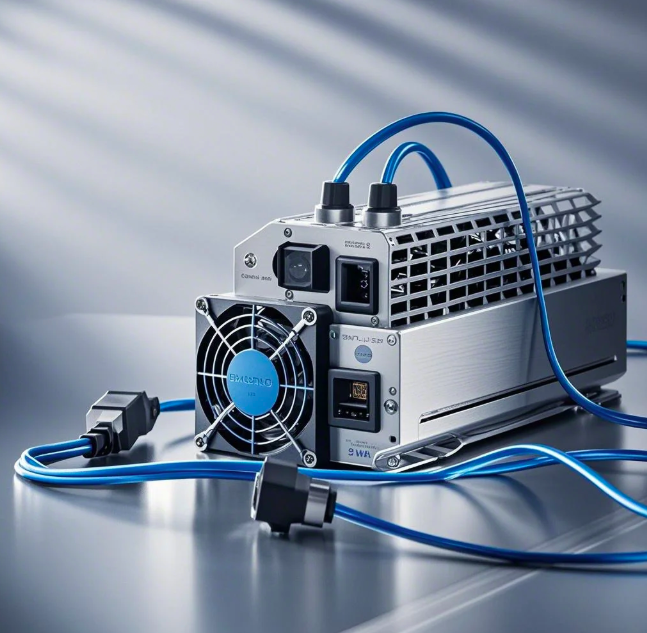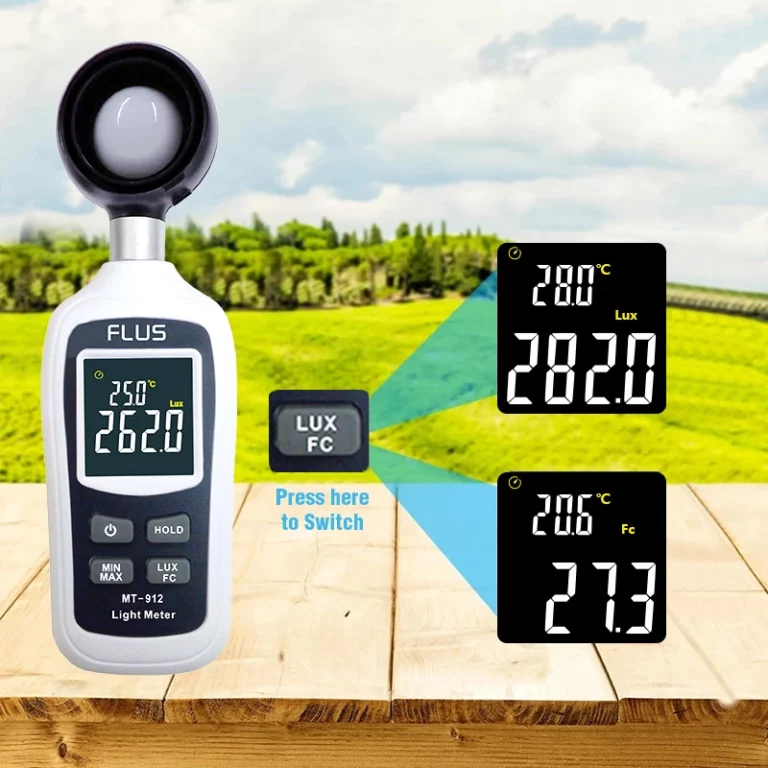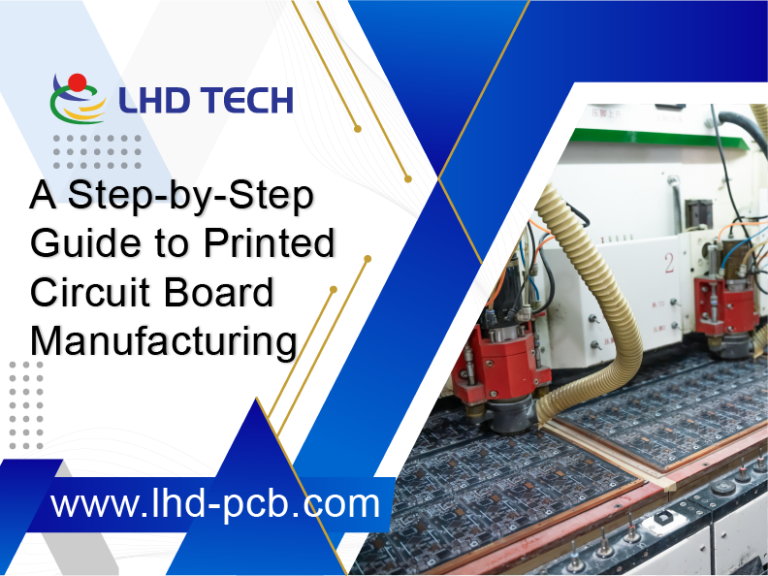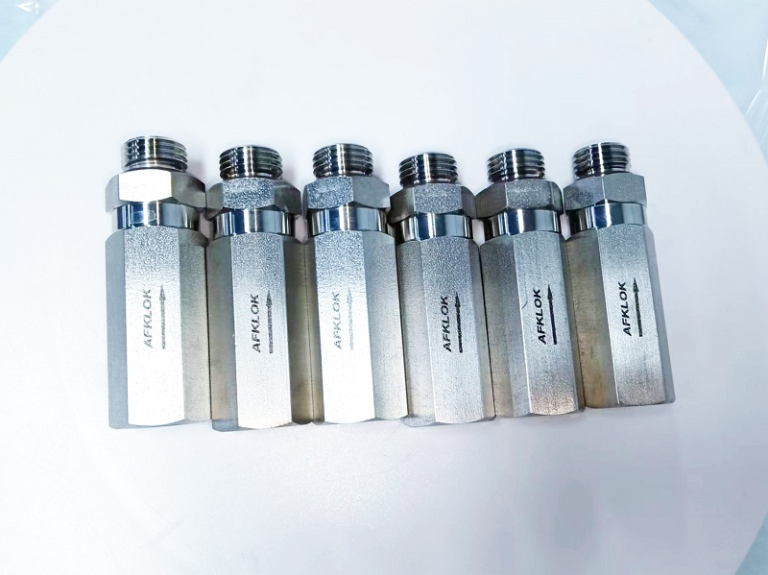目录
ToggleIf you’re designing electronics that operate at high frequencies, you’ve probably come across the term ceramic multilayer PCB. But why are these boards so crucial for high-frequency applications? And what makes them different from traditional PCB options?
why ceramic is often the material of choice?
Let’s break it down.
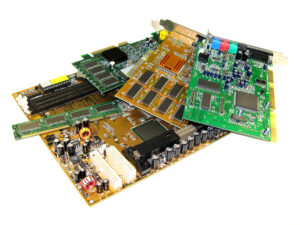
Thermal Management
One of the standout benefits of ceramic multilayer PCBs is their ability to handle heat effectively. High-frequency electronics generate a significant amount of heat, and poor thermal management can lead to signal degradation or even damage to components. Ceramic materials, by their very nature, excel at conducting heat away from critical components. This means your system can run cooler and more efficiently, reducing the risk of overheating and improving overall reliability.
Think of it like a car engine: if the cooling system doesn’t work well, the engine overheats and eventually fails. The same principle applies to electronics. A ceramic multilayer PCB effectively acts as the cooling system for your high-frequency application, allowing it to run smoothly without interruptions caused by heat buildup.
Electrical Performance
Ceramic has a low dielectric loss, meaning it doesn’t interfere as much with signal transmission. This is particularly important in high-frequency applications, where even small losses can cause significant problems. The consistent electrical performance of ceramic multilayer PCBs makes them well-suited for maintaining signal integrity across a wide range of frequencies.
Additionally, ceramic has a high dielectric constant, which helps in miniaturizing the circuit without compromising performance. This allows engineers to design smaller, more efficient boards—perfect for applications where space is at a premium, like telecommunications, aerospace, and medical devices.
Reliability in Harsh Environments
Another major advantage of ceramic multilayer PCBs is their ability to withstand harsh environments. Whether it’s extreme temperatures, high vibrations, or exposure to chemicals, ceramic is a tough material. High-frequency applications often exist in demanding settings, such as aerospace or automotive industries. In these environments, reliability is key, and ceramic multilayer PCBs provide that extra level of confidence.
Traditional PCB materials like FR4 can struggle under these conditions, especially at high temperatures. Ceramic, on the other hand, maintains its stability and performance, ensuring your circuits keep working exactly as they should, even in the toughest conditions.
Reduced Signal Loss and Parasitics
In high-frequency circuits, parasitic inductance and capacitance can become significant problems. These parasitics can distort signals, leading to inefficiencies and reduced performance. The use of ceramic multilayer PCB helps minimize these parasitics due to the material’s excellent insulating properties and the ability to create tight, precise layers.
By reducing unwanted interference, ceramic boards help maintain signal clarity, which is crucial for high-frequency performance. This makes them an excellent choice for RF and microwave applications, where maintaining the integrity of the signal is essential.
Miniaturization and Integration
Modern electronic devices are becoming smaller, but their complexity is increasing. Ceramic multilayer PCBs is perfect for this trend because they support higher component density without compromising performance. Their ability to handle multiple layers allows for greater integration of components, meaning you can fit more functionality into a smaller footprint.
This is especially important for applications like satellite communication or medical implants, where space is extremely limited. The properties of ceramic materials allow designers to achieve the required performance in a compact form factor, which simply isn’t possible with more conventional PCB materials.
When it comes to high-frequency applications, a ceramic multilayer PCB isn’t just an option—it’s often the best choice. Its superior thermal management, electrical performance, and reliability make it ideal for demanding environments and high-speed circuits. Whether you’re working on RF, microwave, or high-power applications, ceramic boards provide the stability and efficiency you need to succeed.
0

